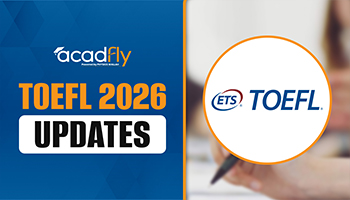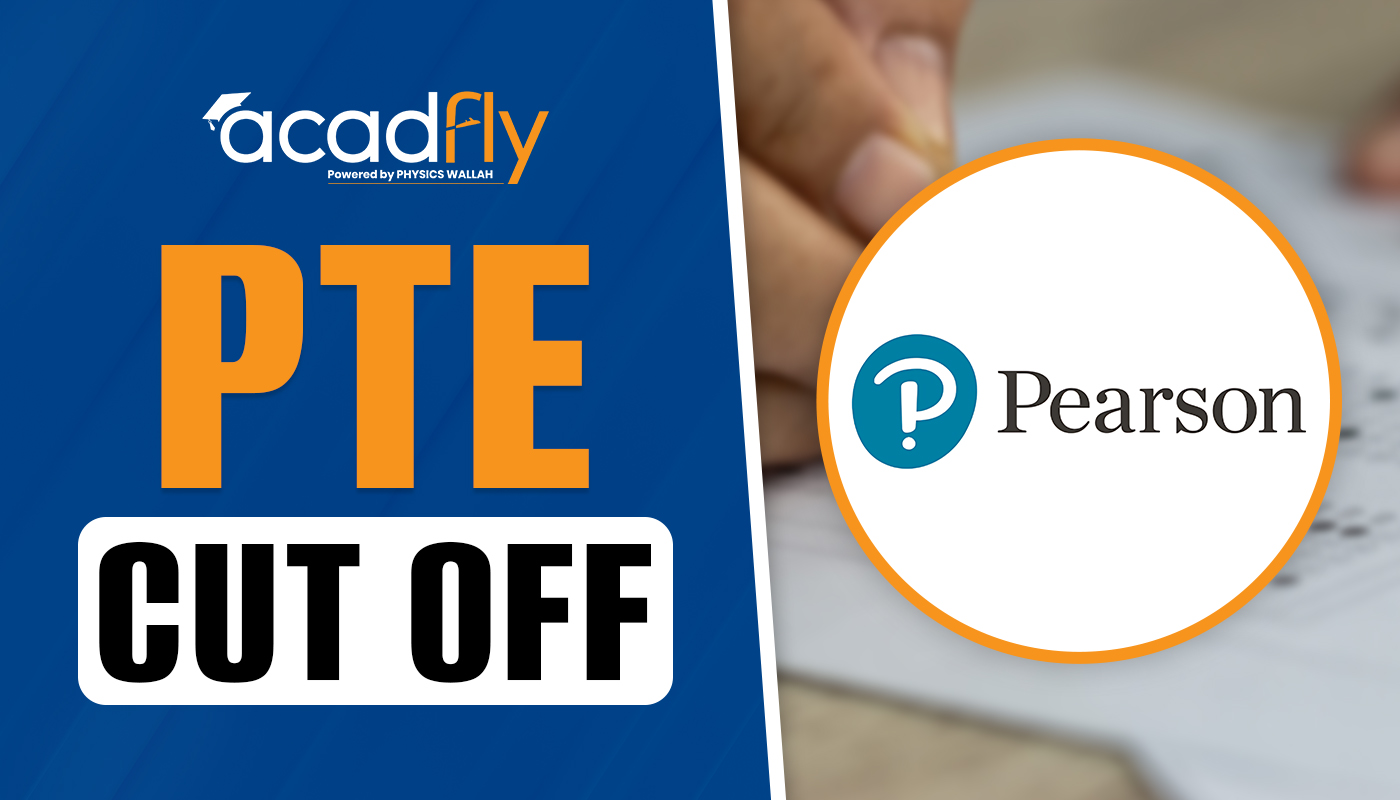
Pursuing higher education in Denmark can be an enriching experience, offering students access to world-class institutions and diverse cultural opportunities. However, financing your studies abroad can be a significant concern for many international students. Denmark student loans provide a viable solution to help cover tuition fees, living expenses, and other associated costs. Understanding the various loan options available is crucial for students aiming to make their study abroad dreams a reality while ensuring they have the financial support necessary for their academic journey.
Overview of Study Loans for International Students in Denmark
Denmark offers a range of financial support options for international students, making it an attractive destination for higher education. Denmark student loans are designed to help students manage the costs of tuition and living expenses, ensuring that financial barriers do not hinder academic pursuits. These loans typically come with favorable terms, such as low interest rates and flexible repayment plans, which cater to the unique needs of students studying abroad.
Student financing in Denmark encompasses various options, including government-sponsored loans, private loans, and scholarships. Government loans often offer lower interest rates and more lenient repayment schedules compared to private financing. Additionally, some institutions may have partnerships with financial institutions, providing tailored loan products specifically for their international students.
For students exploring Denmark study abroad loan options, it’s essential to research and compare different lenders and loan products. Factors to consider include interest rates, repayment terms, and eligibility criteria. Understanding these details will enable students to make informed decisions, ensuring that they have the necessary funding to successfully complete their studies in Denmark.
Types of Education Loans Denmark Offers
Denmark provides various education loan options tailored to meet the diverse needs of international students. These Denmark student loans are designed to help students cover tuition fees, living expenses, and other educational costs. With a focus on making higher education accessible, the Danish financial system offers flexible terms and conditions for repayment. Here’s a table summarizing the main types of education loans available in Denmark:
|
Type of Loan |
Description |
Eligibility |
Repayment Terms |
|
Government-Sponsored Loans |
Loans offered by the Danish government with low interest rates and favorable terms. |
Open to EU/EEA and certain international students. |
Flexible repayment over 15 years; income-based options. |
|
Private Education Loans |
Loans from banks and private financial institutions with varying terms. |
Generally available for all international students. |
Varies by a lender; often requires immediate repayment. |
|
Institutional Loans |
Loans are provided directly by educational institutions to support their students. |
Must be enrolled in the institution offering the loan. |
Repayment usually starts after graduation. |
|
Scholarship-Linked Loans |
Loans that may offer reduced rates or benefits when paired with scholarships. |
Eligibility varies based on scholarship criteria. |
Repayment terms vary; often linked to scholarship conditions |
Application Process for International Education Loans for Denmark
Applying for Denmark student loans involves several important steps to ensure students secure the necessary funding for their education. The process typically includes meeting eligibility criteria, gathering required documents, and selecting the right loan option. Here's an overview of the steps involved, including essential details about student financing for Denmark and Denmark study abroad loan options:
1. Research Loan Options
The first step in applying for Denmark student loans is to research the various loan options available to international students. Look for banks, private lenders, or governmental programs that offer student financing for Denmark. Make sure to check the interest rates, repayment terms, and additional benefits each loan offers.
2. Check Eligibility Requirements
Each loan program has specific eligibility criteria that must be met. This often includes citizenship requirements, academic performance, and acceptance into a recognized Danish university. Be sure to confirm that you meet all the student financing requirements for Denmark before applying.
3. Prepare Necessary Documents
Once you've identified suitable loan options, gather all the required documentation. This typically includes proof of identity, academic records, proof of admission to a Danish university, and financial statements. Having these ready will streamline your application process for Denmark study abroad loan options.
4. Submit Online Application
Many lenders allow international students to submit loan applications online. Complete the application form, providing accurate details about your academic background, financial situation, and loan requirements. Make sure all information is correct to avoid delays in the Denmark student loan approval process.
5. Proof of Enrollment
Lenders will require proof that you have been accepted into a recognized university in Denmark. Submit your admission letter or other relevant documents to prove your enrollment. This step is crucial for student financing in Denmark.
6. Complete Financial Evaluation
Once your application is submitted, the lender may conduct a financial evaluation to assess your ability to repay the loan. This includes reviewing your financial history, income, and other assets. Ensure that your financial situation meets the requirements for Denmark study abroad loan options.
7. Provide Guarantor Information
Some loan programs require a guarantor who will take responsibility if you are unable to repay the loan. The guarantor may need to meet certain income or residency criteria, so ensure you have a reliable individual ready for this step.
8. Await Approval
After submitting your application and required documents, you will need to wait for the lender to review and approve your Denmark student loans. This process can take a few weeks, depending on the lender. Stay informed about your application status by checking in with the loan provider.
9. Sign Loan Agreement
Once your loan is approved, you will need to sign a formal loan agreement that outlines the loan terms, repayment schedule, and interest rates. Make sure you fully understand the terms before signing. This agreement is legally binding and will dictate your financial obligations for the duration of the loan.
10. Receive Loan Disbursement
After signing the loan agreement, the funds will be disbursed either directly to you or your university in Denmark, depending on the loan terms. Ensure you understand how the disbursement process works to cover your tuition and other expenses smoothly.
Repayment Terms for Student Loans in Denmark
Repayment terms for student loans in Denmark vary depending on the lender, loan amount, and type of loan. Typically, international students are granted a grace period before repayment begins, often lasting six months to a year after graduation. During this period, students can find employment before starting loan repayments. Interest rates may be fixed or variable, and some loans offer flexible repayment schedules that can be adjusted based on your financial situation.
1. Grace Period After Graduation
Most Denmark student loans offer a grace period of six months to one year after graduation before repayment begins, giving students time to secure employment.
2. Flexible Repayment Plans
Repayment schedules are often flexible, allowing students to adjust monthly payments based on their financial situation or income levels.
3. Interest Rates
Interest rates for student loans in Denmark can be either fixed or variable. It’s important to understand the loan terms, as variable rates may fluctuate over time.
4. Income-Based Repayment
Some loans offer income-based repayment, meaning your monthly payments are determined by your income, ensuring manageable repayments for students early in their careers.
5. Repayment Period
The typical loan repayment period ranges from 5 to 20 years, depending on the loan amount and lender conditions.
6. Prepayment Options
Certain lenders allow for early repayment without penalties, offering students the flexibility to repay their loans ahead of schedule if they can afford to do so.
7. Late Payment Penalties
It’s crucial to be aware of any late payment penalties associated with your student loan. Missing payments could result in added fees or higher interest rates.
8. Automatic Payments
Many lenders offer the option for automatic monthly deductions from your bank account to ensure timely payments, potentially reducing the overall interest over time.
Frequently Asked Questions
1. What are the main types of student loans available for studying in Denmark?
2. Do international students qualify for Denmark student loans?
3. What is the average interest rate for Denmark student loans?
4. How can I apply for a student loan to study in Denmark?
5. Are there any income-based repayment options for Denmark student loans?









